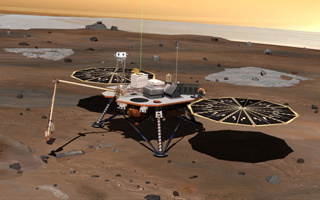This picture shows what an artist thinks Phoenix will look like on Mars. The flat, round, dark objects on each side of Phoenix are the spacecraft's solar panels. The solar panels make electricity for Phoenix. The robot arm is shown reaching out to the left to scoop up soil samples. A thin green laser beam shoots up into the sky. The LIDAR instrument uses the laser to measure dust in the Martian atmosphere.
Click on image for full size
Image courtesy of NASA/JPL/UA/Lockheed Martin.
Phoenix Mars Lander - Instruments and Mission Objectives
NASA has a new spaceship on Mars. The robot is called the Phoenix Mars Lander. Phoenix landed near the North Pole on Mars. This page tells about the mission of Phoenix. It also describes the instruments on the robot. Click here to read some basic info about Phoenix on another page.
Phoenix is not a rover that moves around. Phoenix will stay in one place now that it has landed. It has a robotic arm that it is using to scoop up soil. It is looking for ice in the Martian soil and checking for other chemicals. Phoenix is using its instruments to "taste" and "smell" the soil its arm digs up.
There might be life on Mars. If there isn't, maybe there was in life there in the past. Life on Earth needs water. Life on Mars would probably need water too. Phoenix is looking for ice... frozen water! If it finds ice, that might tells us whether there could be life. If the robot does find ice, it will use its instruments to help us learn more about the ice and water on Mars.
Phoenix has a robotic arm. The arm is digging into the ground and scooping up soil and maybe ice. It puts the stuff it scoops up into some mini-laboratories inside of Phoenix. The mini-labs test the samples for minerals, carbon dioxide, ice, and other materials. The labs also check to see if the soil is too salty or has too much acid in it for life. Phoenix also has a weather station on it. It checks the temperature and air pressure every day. The weather station also has a laser sensor to measure dust in the Martian atmosphere. Finally, Phoenix has three cameras. Two of the cameras are on the main body of the robot. The third camera is on the robot arm.
You might also be interested in:

How did life evolve on Earth? The answer to this question can help us understand our past and prepare for our future. Although evolution provides credible and reliable answers, polls show that many people turn away from science, seeking other explanations with which they are more comfortable.
...more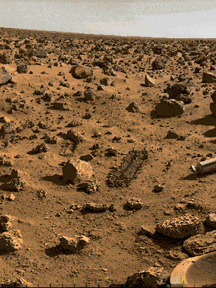
The first analysis of Mars' soil from Viking landers found no evidence of life, instead showing that organic molecules are even more scarce than on the Earth's moon. The Viking missions did confirm the
...more
In spite of the fact that Mars has an atmosphere, the environment of Mars seems unfriendly toward life as we know it on earth. Mars has little atmosphere . This means that the temperature above the surface
...more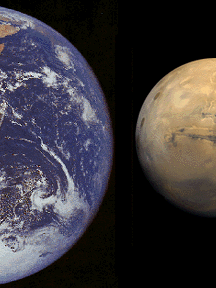
This is probably what happened to Mars: an early warm period the inside of Mars cools off very fast volcanoes appeared, and the Tharsis Bulge is created there are changes in climate every once and awhile,
...more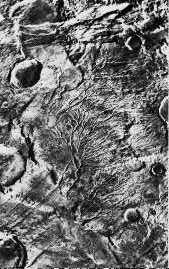
Mars doesn't seem to have very much water. If Mars had lots of water life could survive there. There seems to be *some* water because clouds, fog, and icy polar caps are seen on Mars today. There are also
...more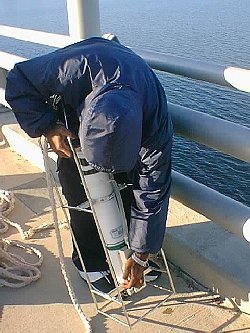
Salinity is the measure of how much salt is in water. Ocean water has a high salinity and fresh water has a very low salinity. Sometimes, salinity is measured in parts per million (ppm). Ocean water has
...more
Pressure is an idea scientists use to describe how gases and liquids "push" on things. The atmosphere has pressure. This pressure changes if you go different places on Earth. Imagine your home is very
...more
This image shows a local dust storm near the edge of the south polar cap. Viewing of this image at high resolution is recommended. This fascinating image shows dust swirling over a large area. Martian
...more


